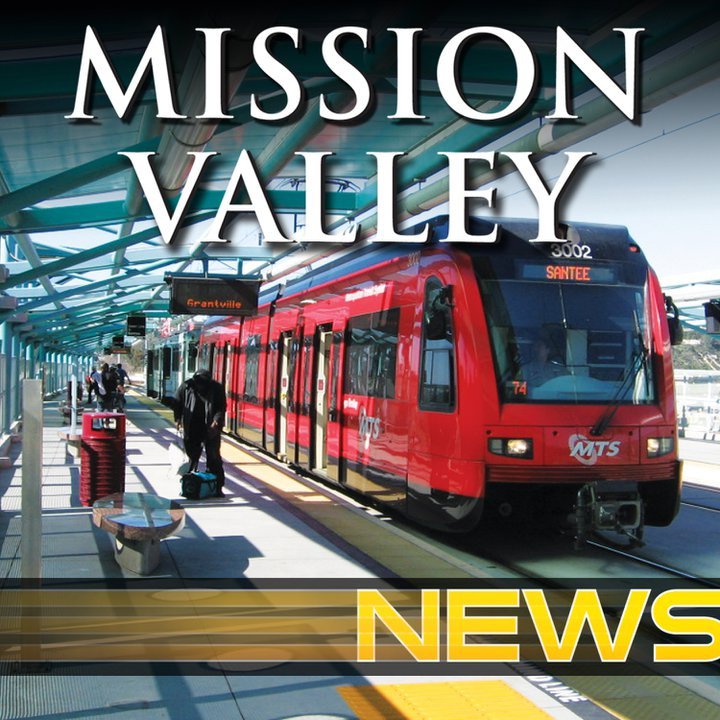Federal agents unearthed two sophisticated smuggling tunnels linking Otay Mesa to Tijuana and jailed a Chula Vista woman who allegedly helped coordinate the illicit operations, authorities announced today.
Glennys Rodriguez, 73, was arrested Wednesday on suspicion of overseeing logistics for one of the two subterranean passageways, U.S. Immigration and Customs Enforcement officials reported. Rodriguez is charged in a criminal complaint with conspiring to maintain a "drug-involved premises" and made her initial court appearance in the case on Thursday, according to the government agency.
The San Diego Tunnel Task Force on Tuesday discovered the first underground channel, its northern access point inside a warehouse filled with toys and televisions, at 10145 Via de la Amistad. It is 600 yards long and has a 70-foot shaft that was secured by a concrete cover. Rodriguez's exact connection to the storehouse was unclear, ICE spokeswoman Lauren Mack said.
The second, more elaborate tunnel was found Thursday morning with help from Mexican officials who tracked leads generated from the first find. It surfaced about 800 feet from the other one inside a warehouse at 10005 Marconi Drive, stretching 700 yards and equipped with a multi-tiered electric rail system and ventilation equipment.
The two tunnels were the sixth and seventh cross-border smuggling passageways discovered in the San Diego area in less than four years.
"Here we are again, foiling cartel plans to sneak millions of dollars of illegal drugs through secret passageways that cost millions of dollars to build," U.S. Attorney Laura Duffy said. "Going underground is not a good business plan. We have promised to locate these super tunnels and keep powerful drug cartels from taking their business underground and out of sight, and, once again, we have delivered on that promise."
No drugs were seized in connection with this week's busts, but more than 100 tons of narcotics associated with tunnels have been confiscated by authorities in the last four years.










Welcome to the discussion.
Or, use your linked account: